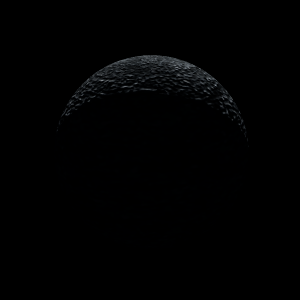|
|
Space Astro
|
Info for exoplanet "Alidac"
| Scientific (actual) data |
|---|
| Name | HD 210193 b |
| Planet status | Confirmed |
| Mass sini | 0.4817 |
| Orbital period | 649.918 |
| Semi major axis | 1.487 |
| Orbit eccentricity | 0.24 |
| Discovered | 2019 |
| Updated | 2019-04-26 |
| Omega | 168.84 |
| K | 11.4 |
| Publication | Published in a refereed paper |
| Detection type | Radial Velocity |
| Mass measurement type | Radial Velocity |
| Star name | HD 210193 |
| Right ascension | 332.4° |
| Declination | -41.23° |
| Star distance | 42.25 |
| Star mass | 1.04 |
| Star sp type | G3V |
| Star temperature | 5790 |
| Wikipedia article | HD 210193 b |
Back
| |
| Fictional info (?) |
|---|
| Suggested name | Alidac |
| Planet type | Cold planet |
|
The surface of this pleasant planet is mostly populated by large stone-age carnivores, the "Enuqe-rajuhe", which survive at the sea while devouring the Ocisobo Riku plant. Enuqe-rajuhe are related to Akyn'oran-a but have scales and vary in length from 14 to 20 mm. Enuqe-rajuhe are able to survive temperatures from 110 to 180°C and even predators attacking which is rare on this planet. |
| Estimated population | 0.011 |
| Atmosphere | Carbon dioxide | 95% |
| Oxygen | 4.4% |
| Methane | 0.17% |
| Water | 0.089% |
| Atmospheric pressure | 6 bar |
 |
| No known satellites |
| Google search for Alidac |
|
Website by Joachim Michaelis
|
|
|
|